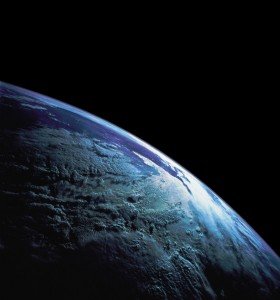UPDATE: ATV Launch successful (see below)
 This week, top scientists from the European Space Agency are in New Zealand for the launch of the ‘Johannes Kepler’ unmanned spacecraft, which will be tracked at Awarua Station near Invercargill.
This week, top scientists from the European Space Agency are in New Zealand for the launch of the ‘Johannes Kepler’ unmanned spacecraft, which will be tracked at Awarua Station near Invercargill.
The new spacecraft, known as an Automated Transfer Vehicle or ATV, will carry essential supplies to the International Space Station, as well as lending its thrusters to “reboost” the station in its orbit.
NB: The launch, postponed one day due to technical problems, was successful. The spacecraft is now en route to the ISS. For further updates, see the ESA’s website and ATV blog.
In conjunction with the visit, “What on Earth”, an international colloquium on Earth observation in New Zealand will explore new opportunities for using satellite imagery and data. These include applications in forestry, fishing, conservation, land use change, mineral exploration, and even natural disaster assessment.
The Science Media Centre and Venture Southland organised a media briefing ahead of the launch featuring visiting and local speakers:
- Robin McNeill (Venture Southland) – Background on ATV/ tracking/ Southland’s involvement
- Chris de Cooker (European Space Agency) – overview of Earth observation
- Stella Belliss (Landcare Research) – NZ-specific applications, kinds of data available
- Dr Martin Hellmann (German Aerospace Centre) – maritime, piracy, fishing and other applications
LISTEN TO AUDIO
Click the player below to listen back to an audio recording of the briefing: